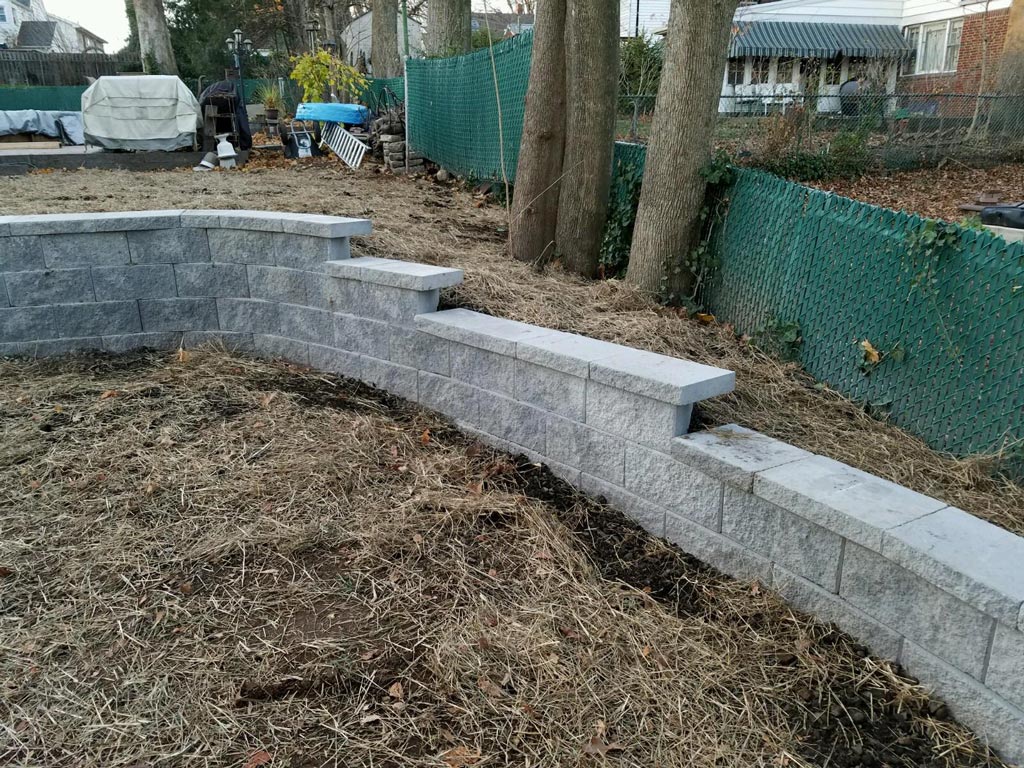
A retaining wall design is really a structured anticipate building retaining walls to restrain soil along with other loose material where sudden changes in ground elevation might occur because of environmental factors. The material that was held back by the structure may exert an attempt towards the wall where it could overturn or slide it. Probably the most usual kind of retaining the wall is the cantilever where it is used for walls that have height ranges of 10 to 25ft. The cantilever beam will compose of the stem, heel and toe of the wall.
A retaining wall design calculates the soil bearing pressure beneath the foot of a cantilever concrete retaining wall sustaining any kind of backfill material with extra loads and condensed peripheral masses staging on the wall.
The retaining plan for walls also contains proper examination of the effectiveness of the entire structure of the wall and then the actual design is executed, either using the Working Stress Design Approach to the best strength design method of ACI or the lateral pressure created by any of the Rankine or Coulomb theory. The Seismic design is in line with the Mononobe-Okabe approach. The wall plans may also think about the possibility sliding of the entire construction. This should be studied into account because the possibility may cause malfunction of the wall.
The required input data embraces all wall measurements, backfill slope, concrete and steel concentration, admissible soil bearing load, and backfill properties. The wall plan will alternatively make an allowance for additional peripheral loads applied to the wall, and replacing the pressure. A surcharge may well be defined as the same height of the block. Additional hints may also be utilized on walls. That is for the most part functional in the design of bridge abutments wherein beams or girders reactions must be used with support.
All data are essential to compute the proper dimensions in discovering the wall layout. Designers and engineers will go through in depth research, geographical measurements and critical thinking so that retaining walls are designed with quality and durability that's able to stand the assumed environmental conditions which could affect the wall structure. Tools are used to computer the highest soil pressure that is beneath the toe and heel of the wall and it is in comparison to a tolerable soil pressure. The safety factor to avoid sliding is then increased based on the comparisons.
The procedure in developing a retaining arrange for walls shouldn't be taken for granted. It is important that the proper dimension and calculations are determined in order that the right materials are assessed and used for a better retaining wall. An excellent retaining wall is able to withstand allowable pressure to prevent unwanted damages. This could be achievable with the right retaining wall design.
